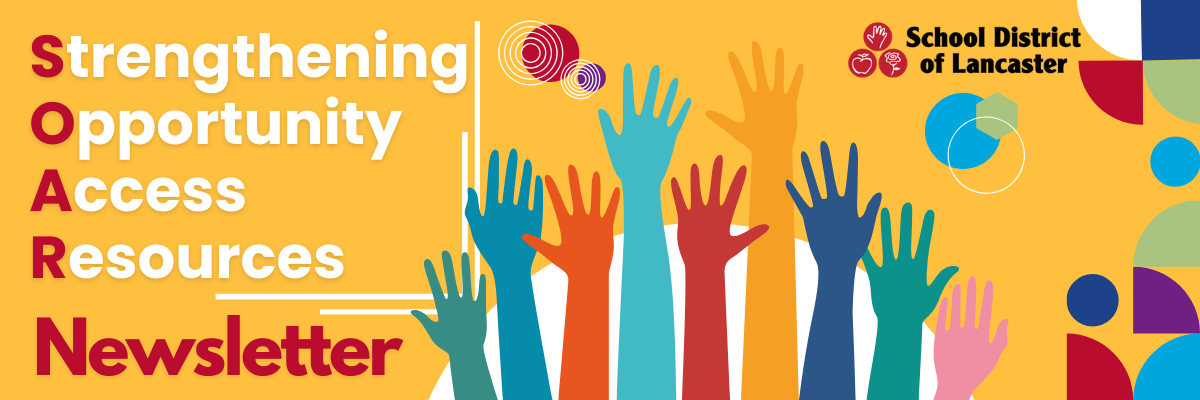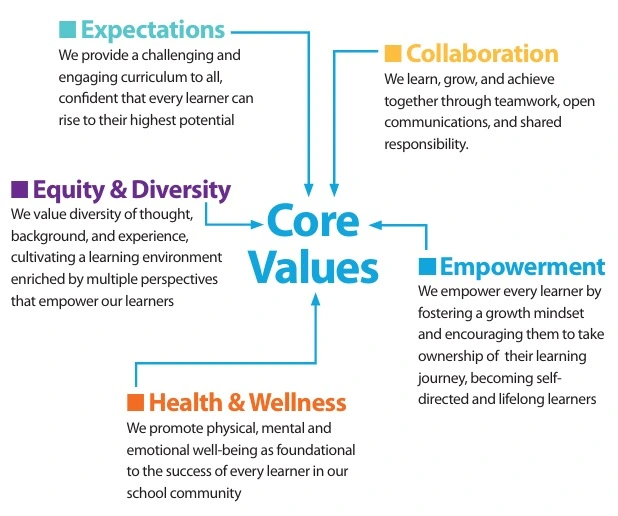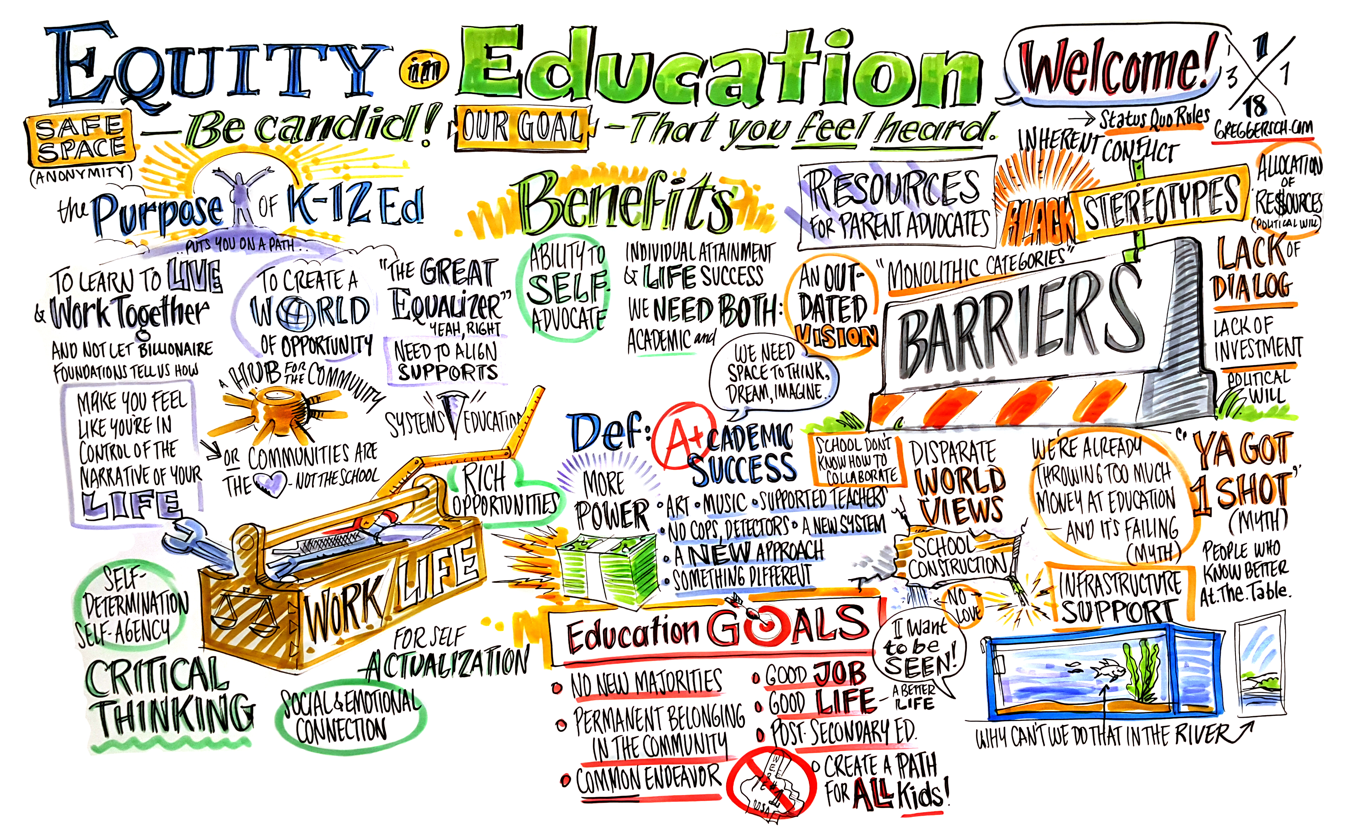
At the School District of Lancaster, we are committed to fostering an equitable and inclusive learning environment where every student can thrive. Our core values guide our efforts in ensuring that all students receive the support they need to reach their full potential. We must examine the beliefs that shape our educational practices and policies to achieve this.

Understanding Rational vs. Irrational Beliefs in Education
Beliefs drive actions; in educational systems, these beliefs influence policy decisions, instructional methods, and student outcomes. To create an equitable learning environment, we must differentiate between rational and irrational beliefs:
- Rational Beliefs: These are flexible, data-driven, and support student growth. For example, the belief that “Every student can succeed with the right support” encourages educators to seek tailored interventions and resources to ensure success for all students.
-
Irrational Beliefs: These are often rigid, deficit-based, and rooted in personal biases or past experiences. A statement like “Some students just aren’t cut out for academic success” is an example of an irrational belief that limits student potential and reinforces systemic inequities.

The Impact of Irrational Beliefs on Educational Equity
When irrational beliefs influence educational systems, they can result in policies and practices that marginalize students, particularly those from historically underserved communities. Some key ways irrational beliefs perpetuate inequities include:
- Exclusionary Policies: Zero-tolerance discipline policies disproportionately impact students of color and students with disabilities, often removing them from learning environments rather than providing restorative support.
- Disproportionate Discipline: Research has shown that students from marginalized backgrounds are more likely to face harsher disciplinary measures for similar behaviors exhibited by their peers, reinforcing cycles of disengagement and academic struggle.
- Tracking and Limited Opportunities: The assumption that some students are inherently less capable can lead to tracking systems that deny them access to rigorous coursework, extracurricular programs, and advanced learning opportunities.
To break these cycles, educators must actively challenge irrational beliefs and adopt equity-driven approaches.
Beliefs, Practices, and Evidence of Staff Commitment to Student Growth
A fundamental question in education is whether all staff members truly believe that every student can learn, grow, and achieve. This belief, or lack thereof, shapes instructional approaches, expectations, and the overall school culture.
- Beliefs: Schools that foster high expectations for all students create environments where students feel valued and capable. When educators believe in student potential, they invest in personalized learning strategies, encourage resilience, and promote growth mindsets.
- Practices: Schools that emphasize inclusive practices, differentiated instruction, and restorative discipline approaches reinforce the belief that every student has the ability to succeed. These practices ensure that students are not punished for struggles but are instead supported through interventions, mentorship, and scaffolding.
- Evidence: Data can help assess whether staff beliefs align with their practices. If academic achievement gaps persist, discipline referrals disproportionately target certain student groups, or tracking systems remain rigid, these issues may indicate that not all educators fully embrace the philosophy that all students can succeed. Conversely, schools that see improvements in student engagement, performance, and behavioral outcomes often reflect a staff-wide commitment to fostering student growth.
By continuously evaluating beliefs and aligning them with equity-driven practices, schools can create environments where all students have the opportunity to thrive. Leadership teams must support this shift by providing professional development, facilitating difficult conversations, and reinforcing accountability measures that promote equity for all learners.

Strategies for Educators: Shifting Toward Equity-Driven Practices
Educators play a crucial role in dismantling systemic barriers and fostering an inclusive mindset. Here are some actionable strategies:
- Self-Reflection on Biases and Institutional Beliefs
- Engage in reflective practice to examine how personal beliefs shape instructional and disciplinary decisions.
- Encourage open discussions about bias and systemic inequities within school leadership and teaching teams.
- Using Data to Challenge Assumptions
- Regularly analyze discipline referral data to identify disparities and adjust policies accordingly.
- Examine student performance metrics to ensure all learners can access enrichment opportunities and academic support.
- Professional Learning Communities (PLCs)
- Participate in PLCs to explore research-based strategies for fostering inclusive mindsets and equitable teaching practices.
- Engage in case studies and scenario-based learning to challenge irrational beliefs in real-time decision-making.
- Holding Each Other Accountable
- Actively call out irrational beliefs when they arise and seek to understand where these perspectives are coming from.
- Foster an environment where open dialogue and constructive feedback are encouraged among colleagues.
- Ensure that equity conversations remain ongoing and staff members consistently reflect on their practices.
- We create a collective responsibility for growth and change by holding one another accountable, leading to improved staff behaviors, stronger relationships, and better student outcomes.

High Expectations and Accountability: Closing the Achievement Gap and Driving Inclusivity
The combination of high expectations and high accountability is essential to ensuring all students—regardless of background—have access to a rigorous and equitable education. When we believe in students’ abilities and provide the necessary structures to support them, we bridge achievement gaps rather than widen them.
-
For Students: High expectations paired with supportive interventions create environments where students feel both challenged and encouraged. It is not enough to say that all students can succeed; we must ensure they have access to rigorous coursework, clear behavioral expectations, and meaningful relationships with educators who guide them toward success.
-
For Staff: Educators and staff must also be held to high standards in engaging with students. This includes equitable grading practices, culturally responsive teaching, and consistent implementation of PBIS and restorative strategies to ensure classroom fairness.
A commitment to equity-driven, strengths-based practices ensures that students are not defined by their challenges but by their potential. Through this work, we create a district where all students feel valued, supported, and empowered to reach their fullest potential.

Key Takeaway: Challenging Irrational Beliefs to Foster Equity
The responsibility to meet all students where they are requires continuous reflection and a commitment to challenging irrational beliefs. By embracing a growth mindset, utilizing data-driven approaches, and fostering inclusive educational policies, we can create an equitable learning environment where every student has the opportunity to succeed.
Let us work together to ensure that our district remains a place of learning, belonging, and opportunity for all students.
